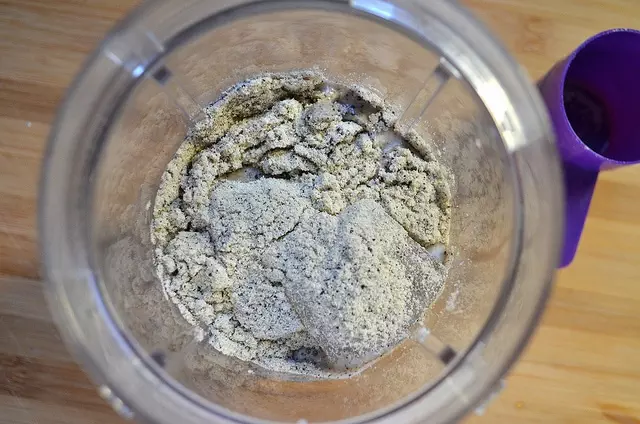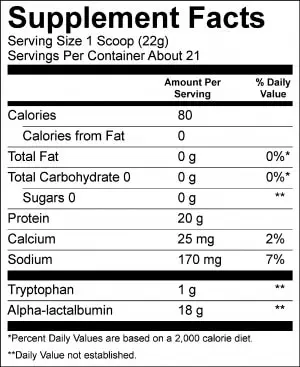Tell me if this has ever happened to you.
You’re trying to choose between one protein and another. You like both of them just fine, it’s just that you don’t have the budget to buy both. You want to get the most bang for your buck, but it’s hard to tell which protein is the better value. Sometimes the container sizes are different, they have a different number of servings per container or one container has a bigger scoop than the other.
How in the world are you supposed to tell if you are getting your money’s worth?
Price Per Protein Gram
You might have noticed in my last few product reviews that I’ve been working on something to help. It’s probably not a new idea (although I admit I haven’t researched to see who else has thought of it), but it’s a measurement I call price per protein gram. Think of it in the same way as the unit price of a food item at a grocery store. The price per protein gram tells you how much you are paying for each gram of protein in a product you buy, so that you have some way to compare between products that otherwise look very different.
Here’s the ridiculously easy two-step process to calculating the price per protein gram on any protein supplement you consider buying.
- Take the total price of the container of protein and divide it by the number of servings. Since the nutritional information – like calories and protein grams – are given to you in terms of one serving, you need to do this first. Let’s call this the price per protein serving.
- Next take the price per protein serving and divide it by the number of protein grams listed on the nutrition label. The result is your price per protein gram.
Let’s Practice
So let’s do an example just so we are clear on this. Here’s the nutrition label for a canister of BiPro USA Unflavored whey isolate protein (my favorite unflavored protein powder, by the way):
The retail price for the 1-lb. jar is $29.99. So let’s do the math:
(Price) $29.99 / (Number of Servings) 21 = $1.42 (Price Per Serving or PPS)
PPS / (Number of protein grams) 20 = $0.07 (Your Price Per Protein Gram or PPG)
BiPro also carries this protein in a larger size, 2-lbs., for $49.99. When I did the math on that size, I expected the price per protein gram to be the same as the 1-lb. Turns out it’s actually a bit of a better value.
$49.99 / 41 (servings in the 2-lb. canister) = $1.21 (Price Per Serving)
$1.21 / 20g protein = $0.06 (Price Per Protein Gram)
So as you can see, this is not only a good way to compare two very different products, but to compare two different sizes of the same product.
I don’t claim this is the perfect system. It isn’t. There are lots of other things on the nutrition label that you should pay attention to. But if two products are pretty much equal in every way except size and price, this can be a good way to make your protein product decisions!
Free PPG Worksheet!
Because I know I personally would think, “Yeah this is AWESOME!” Then I’d forget. (Hangs head in shame.)
So if this sounds like something that would happen to you, I have something for you! I’ve made a super simple worksheet you can use to calculate the price per protein gram on any protein supplement you are considering buying. Because I love you!
 Bariatric Foodie Play with your food
Bariatric Foodie Play with your food



